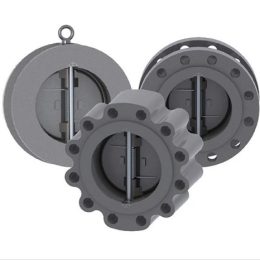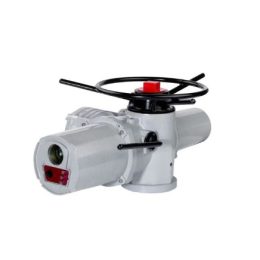Ball Valve Maintenance and Installation
Ball valves are unique products that consist of two pie-shaped twistable valves instead of a sphere, as the name suggests. Before installing a ball valve, it is important to follow some important steps. First, clean the valve and confirm that the pipeline is normal before installation. It is crucial to ensure that everything is checked before installing the valve.
Maintain the ball valve
To extend the lifespan of the ball valve, it is important to conduct regular maintenance. Follow these steps to maintain the ball valve:
- Leave the valve in the half-open position to flush out any dangerous substances that may exist inside and outside the valve.
- Close the ball valve, remove the bolts and nuts of the flanges on both sides, and completely remove the valve from the pipeline.
- Disassemble the drive device-actuator, connecting bracket, lock washer, stem nut, butterfly shrapnel, glam, wear-resistant sheet, stem packing in order.
- Remove the body cover connecting bolts and nuts, separate the valve cover from the valve body, and remove the valve cover gasket.
- Confirm that the valve ball is in the “off” position, which can be easily taken out of the valve body, and then remove the valve seat.
- Gently push the valve stem down from the hole in the valve body until it is completely taken out, and then take out the O-ring and packing ring. Note: Please operate carefully to avoid scratching the surface of the valve stem and the packing seal of the valve.
- Clean and inspect the parts under investigation. It is strongly recommended to replace the seat and bonnet gaskets and seals with spare parts kits.
- After installing the actuator, rotate the valve stem to drive the spool to rotate the corresponding input signal to make the valve open and close.
Note that the ball valve’s service life and maintenance-free time depend on several factors, including maintaining a harmonious temperature/pressure ratio under normal working conditions and using reasonable corrosion data. When the ball valve is closed, the fluid pressure in the valve body remains.
By following these steps, the ball valve will function properly and last for a longer lifespan. Regular maintenance can prevent costly repairs and ensure the valve is always operating at its best.
When maintaining a ball valve, prioritize recent feedback to ensure its optimal performance and address potential issues promptly.
To maintain the ball valve’s optimal performance, conduct regular inspections and maintenance. This will help identify any potential issues before they become serious problems. For instance, if the valve is not cleaned properly before installation, contaminants can accumulate and damage the valve over time.
Additionally
if the valve is not maintained regularly, the seal and gaskets can wear out, leading to leaks. Leaks can cause significant damage to the pipeline and the environment and lead to costly repairs.
Therefore, it is crucial to follow the specific maintenance steps outlined above and conduct regular inspections. By doing so, you can ensure that your ball valve is functioning properly and will last for a long time.
In conclusion
ball valves are essential components in any pipeline system. They help regulate the flow of fluids and gases and play a critical role in ensuring safe and efficient operations. By following the proper installation and maintenance steps, you can ensure that your ball valve is always operating at its best.
- Electric Actuated Butterfly Valve
- The Main Structural Characteristics and Operation of the Fixed Ball Valve
- Common fault problems of safety valve
- “Overview of Wedge Gate Valves: Components, Working Principle, Types, Applications, and Maintenance”
- Butterfly Valve Basics: Anatomy and Design
- Electric Actuated Ball Valve



